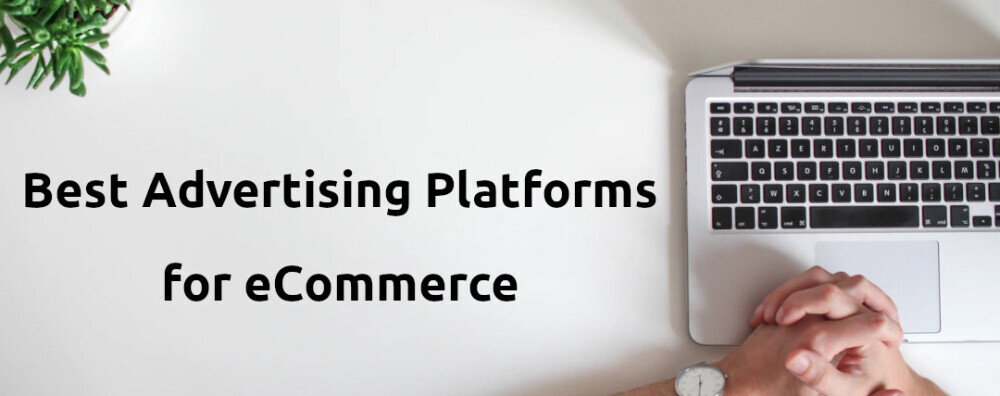Online Advertising Platforms
Navigating the world of online advertising can feel overwhelming sometimes, especially with the vast options available. Free online advertising platforms offer a gateway for businesses to reach their audiences without the upfront costs that traditional ads might demand. These platforms, accessible and user-friendly, allow even startups and small businesses to get their messages out there.
Free advertising platforms are essentially tools or services that enable you to promote your products or services without any fees. They range from social media sites to directories and listing services. You won’t need a big budget to kickstart your marketing efforts here, which is a boon for many entrepreneurs looking for cost-effective ways to gain visibility.
There are several perks when it comes to using these platforms. First, there’s the cost savings aspect, which is pretty obvious. Beyond that, they offer flexibility, allowing you to easily tweak and experiment with different strategies to see what clicks with your audience. Also, these platforms often have integrated analytics tools, giving you insights into your campaigns to help you refine your message over time.
But it’s not all roses. Users can sometimes find themselves facing limitations with these free platforms. You might encounter restricted features compared to the premium versions or face stiff competition from other businesses vying for the same audience. The key is to evaluate what each platform offers against your business goals.
Exploring Free Social Media Advertising Platforms
Social media advertising platforms have revolutionized the way businesses connect with customers. Offering zero-cost entry, platforms like Facebook, Instagram, and TikTok provide unique opportunities for brands to engage with well-defined audiences. Each platform has its own strengths, making it essential to pick the one that aligns with your marketing objectives.
Facebook, with its massive user base, offers robust targeting options and analytics. Businesses can create engaging posts or run viral campaigns without spending a dime, making it ideal for those who want to reach a wide and diverse audience. Meanwhile, Instagram shines with its visual storytelling, perfect for brands focused on lifestyle and aesthetics.
Twitter is all about conversations happening in real-time. It allows brands to join trending discussions and interact directly with consumers, which is great for brands looking to build a more interactive presence. Similarly, LinkedIn targets professionals and is the go-to platform for B2B marketing, offering a space to share insightful content and network with industry leaders.
For younger demographics, platforms like Snapchat and TikTok are indispensable. Both allow brands to create quick, engaging content that resonates with younger audiences that prefer dynamic and visually compelling narratives. Experimenting on these platforms can lead to a heightened brand presence, but it requires understanding what trends shape these networks.
The landscape of social media platforms keeps evolving. Stay updated with new features and platforms that may offer better engagement tools or untapped audiences. Watching influencers and competitors can provide insights into effective strategies, ensuring that your social media advertising efforts remain relevant and impactful.
Another great source for finding free sites is Source Forge. They have assembled an impressive list of both free and paid sites.
Rebuilding your website to 100,000 views
Comparison and User Reviews of Leading Free Platforms
Deciding on the right social media advertising platform can be tricky. It helps to have a reliable compass, which means effectively evaluating these tools. Comparing platforms based on user reviews and performance criteria can provide a clear picture of what to expect.
Evaluating platforms begins with defining what you need. Are you seeking broad reach, niche targeting, or interactive engagement? Each platform offers different strengths. Take Facebook; users highlight its expansive targeting and detailed analytics. However, some find the interface a bit bulky. Yet, for brands looking to reach large audiences, it often ranks highly.
Instagram is praised for its clean design and focus on visual content. Users appreciate features that allow creative storytelling, like stories and reels. However, its emphasis on imagery may not suit all business types.
Marketing specialists often rave about LinkedIn for B2B interactions. Its professional environment lends itself well to corporate outreach and networking. Reviews suggest it’s less about likes and more about meaningful connections, which can be a dealbreaker for some.
Twitter, known for its fast-paced dialog, is loved for real-time engagement. Reviews point out the importance of timing and relevance, indicating that success on this platform hinges on those factors.
Case studies shed light on how businesses leverage these comments to tune their strategies. For example, a small retail brand might focus on visual content for platforms like Instagram and TikTok for brand visibility among younger audiences, while a tech company may aim for LinkedIn to build professional connections.
Review analysis points out pros and cons for each platform and highlights how brands should align their objectives with the feedback available to optimize their advertising strategy.
Maximizing the Potential of Free Advertising Platforms
Harnessing the full potential of free advertising platforms takes more than just setting up a few posts. An effective strategy is key to making these tools work for you in reaching and engaging your target audience.
To start, always tailor your content to resonate with the specific platform you’re using. Different platforms attract different audiences and styles; what works on Facebook might not be effective on TikTok. Create content that matches the tone and features of each platform for better engagement.
Understanding and using analytics is another powerful strategy. These insights, readily available on most platforms, provide invaluable data on what’s working and what’s not. Use them to refine your approach, focusing on areas that generate the most engagement and interaction.
It’s also easy to overlook the importance of staying current. Trends shift rapidly, especially on social media. Following influencers and paying attention to new features can give your brand a competitive edge. Implementing creative trends early on can significantly boost visibility and engagement.
Avoid common pitfalls like overposting or ignoring feedback. Overposting can lead to audience fatigue, while ignoring feedback might mean missing valuable insights to improve your campaigns. Engage actively with your audience, responding to comments and messages to build strong relationships.
Lastly
Always look forward. The digital advertising landscape is continually changing, with new platforms and features emerging regularly. Stay adaptable and ready to explore these changes. Embracing innovation can open new avenues for reaching your audience and maintaining relevance in an ever-evolving market.
Steve


Any or all links on this site may be affiliate links, and if you purchase something through those links I will make a small commission on them.
There will be no extra cost to you and at times due to my affiliation, you could save money.
You can read our full affiliate disclosure here.

